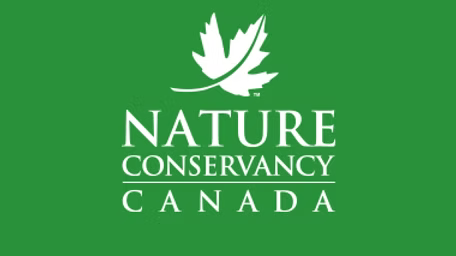Nature Conservancy of Canada updates council
NCC highlights land stewardship, wildfire mitigation and invasive species work in Crowsnest Pass
The Nature Conservancy of Canada (NCC) provided an update to Crowsnest Pass Council on April 1, highlighting conservation efforts, partnerships and ongoing projects within the Jim Prentice Wildlife Corridor and other local areas.
“We’re here tonight just to update Council on what’s new since last year’s presentation in February and what we’re working on currently,” said Emilie Brien, Natural Area Manager for the NCC in the Castle–Crowsnest watershed.
Brien, who is based in Coleman, noted NCC’s continued commitment to transparent engagement with the community, including their annual presentations and a field tour held in September for members of Council.
She explained that NCC’s vision for the area focuses on maintaining river and mountain systems in a relatively natural state to support clean water and wildlife movement.
“Our focus here is wildlife movement and clean water,” said Brien, “How we conserve that is by leveraging partnerships and community participation.”
Much of the discussion centred on NCC’s stewardship of lands within the Jim Prentice Wildlife Corridor, including recent acquisitions like the Kokanee property on Atlas Road. While some land acquisition may continue, Brien said the group is now focusing more on long-term stewardship of existing lands.
Part of this includes participation in a new research initiative tied to the planned Hwy. 3 wildlife collision mitigation project. The “Reconnecting the Rockies” project involves remote wildlife cameras and GPS collaring to monitor movement patterns and inform infrastructure design. NCC currently has about 60 cameras installed, with a total of 80 planned by summer.
Other stewardship efforts include habitat restoration, controlled cattle grazing, and wildfire mitigation projects. NCC recently completed the first phase of a FireSmart project on the Lucy property in Phillips Pass and is looking to expand work near Iron Ridge, pending funding.
“The idea is to help promote native grasses,” said Brien, explaining that spring grazing by 100 cattle for 7 to 10 days is being trialed to manage invasive tame grass and support elk forage in winter months.
Invasive species were another major topic, presented by Ayla Peacock, NCC’s Invasive Species Program Coordinator.
“Invasive species… impose [challenges] on different landowners,” she said, “So us wanting to be good neighbours, we’ve developed an invasive species control program.”
The program includes mechanical, chemical, and biological methods. One focus is the use of weevils to control weed populations, with plans to expand biocontrol from eastern to western parts of the Pass.
“We want to spread those to the western end… which will mean we’ll be using less chemicals,” said Peacock.
NCC is also working to protect and better understand culturally significant sites, such as the Christmas Cave pictographs. A motion-triggered trail camera placed at the cave entrance recorded an average of 21 weekly visitors last summer, or about 300 people over three months. Brien said most accessed the site by boat.
The organization is preparing an Indigenous-led heritage conservation plan, along with a 360-degree virtual video of the cave to increase accessibility and support education.


